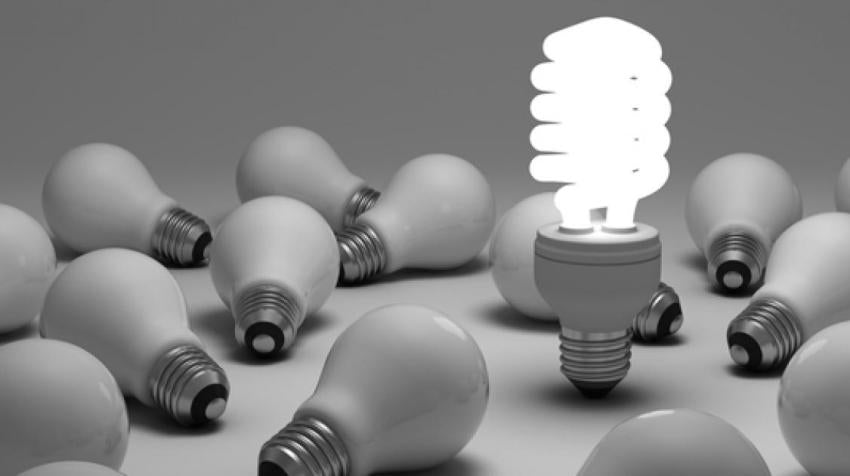
California Energy Efficiency Standards
Title20
These rules are established by the California Energy Commission (CEC).
This rule covers three types of lighting products: LED luminaires, small diameter directional lamps, and general service lamps.
CEC requires manufacturers to use the Modernized Appliance Efficiency Database System (MAEDbS) to certify compliance with energy efficiency standards.
Manufacturers, distributors, retailers, contractors, and importers must ensure that the regulated products they sell in California are listed in MAEDbS, as applicable.
Having read this, do you have any questions about what it Title 20 compliance?
LED bulbs must deliver general lighting with specified luminous flux and correlated color temperature (CCT) performance. In addition, these bulbs are also required to maintain minimum efficiency levels with respect to Lumens per Watt (LPW), standby power consumption, rated life and compliance score.
California Title 20 lighting compliance is a requirement that guarantees that lighting products sold in California meet energy efficiency standards as set by the CEC, making it a win‐win for both consumers and the environment.
Title 24
When comparing Title 20 to Title 24 regulations, Title 24 is a more robust series of building energy efficiency standards and more closelyaligned with sustainable construction and energy conservation. It covers building types such as residential, commercial, and industrial. The Title 24 regulations cover numerous aspects of building construction through different parts, which include lighting, heating, ventilation, air-conditioning, and insulation scores.
With regards to lighting, Title 24 sets minimum energy efficiency standards for almost every lighting fixture, requiring the replacement of any less-efficient lighting components with energy-efficient lighting technologies and technologies and control systems. For example, it also needs to integrate motion sensors or energy-saving lighting devices. More specifically, they include, CRI 90, CCT less than 4000 K, Minimum 15,000 hours rated lifetime, 10 % dimming, and 0.5 s instant start. And the peak noise must not exceed 24 dB at 20% and 100% brightness, respectively. By introducing regulations that will either reduce the energy consumed by buildings, reduce the demand for energy resources, or reduce the impact on the environment.
So this is why it’s so important that those LED bulbs have the JA8-2016 or JA8-2016-E label on them. This label means that the bulb complies with the standards defined in Title 24. Although Title 24 compliance is not required for product sales in California; it is a requirement in order for any new construction project to break ground. This is just further proof of the state’s unwavering commitment to environmental leadership.
LED Lighting California Certification Programs
California Proposition 65
Whether your intent is to sell your LED Lights product in California, it is likely that you will need to comply with CA Prop 65. CA Prop 65 monitors over 800 materials hazardous to human health in consumer products, and if their product exceeds a certain concentration limit, the importers are required to place a warning label on their products.
Restricted substances include, but are not limited to, Lead, Cadmium, Acetamide, Chloroform, Colchicine, and Mercury.
Design Lights Consortium
The Design Lights Consortium (DLC) is a non-profit focused on advancing high-performance commercial lighting. It achieves this by establishing quality benchmarks, encouraging thought leadership, and offering resources and tools to the lighting community all in an open, collaborative dialogue.
The DLC represents a cooperative effort of energy efficiency stakeholders from across the United States and Canada. Their mission is to advocate for quality, performance, and energy-efficient solutions in the commercial lighting sector.
As a voluntary certification initiative, the DLC sets minimum performance standards for LED technology in three critical areas: distribution, color, and longevity/stress. Lighting products must meet these performance standards to achieve certification.
The DLC also stipulates specific technical requirements for lamps and fixtures to be included in their Qualified Product List (QPL). These requirements pertain to minimum efficacies and warranties, minimum light outputs, and minimum lifespan ratings.
Any product that satisfies the criteria set by the DLC can be included in the QPL, which is publicly accessible and searchable online.
Underwriters Laboratories
nderwriters Laboratories (U.L.), a worldwide safety science organization and the oldest and largest independent testing lab in the U.S., ensures the safety of new products and technologies before their global release.
Specifically for LED lighting products and applications:
A product with a UL Listing has been evaluated by a recognized and accredited institution and meets the California residential lighting code as a comprehensive lighting system.
On the other hand, a U.L.-recognized product has had only certain components assessed by an independent lab rather than the entire system.
